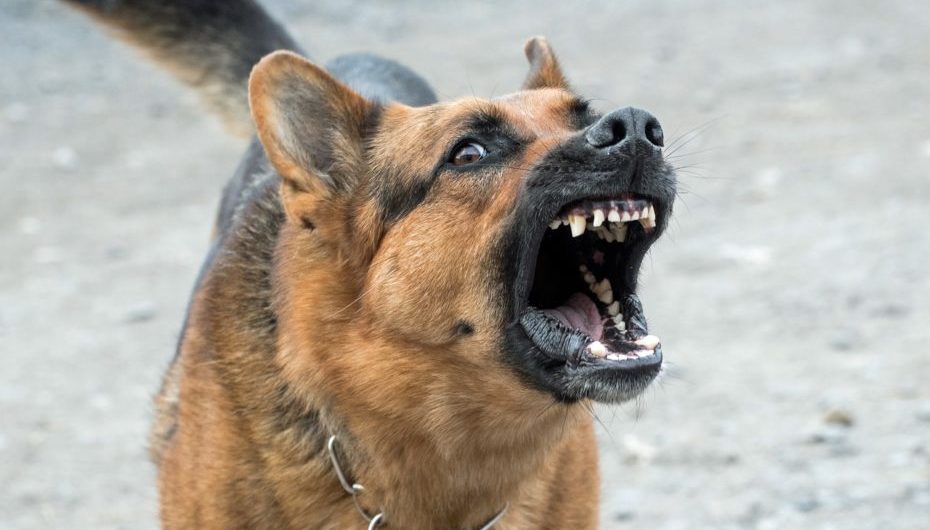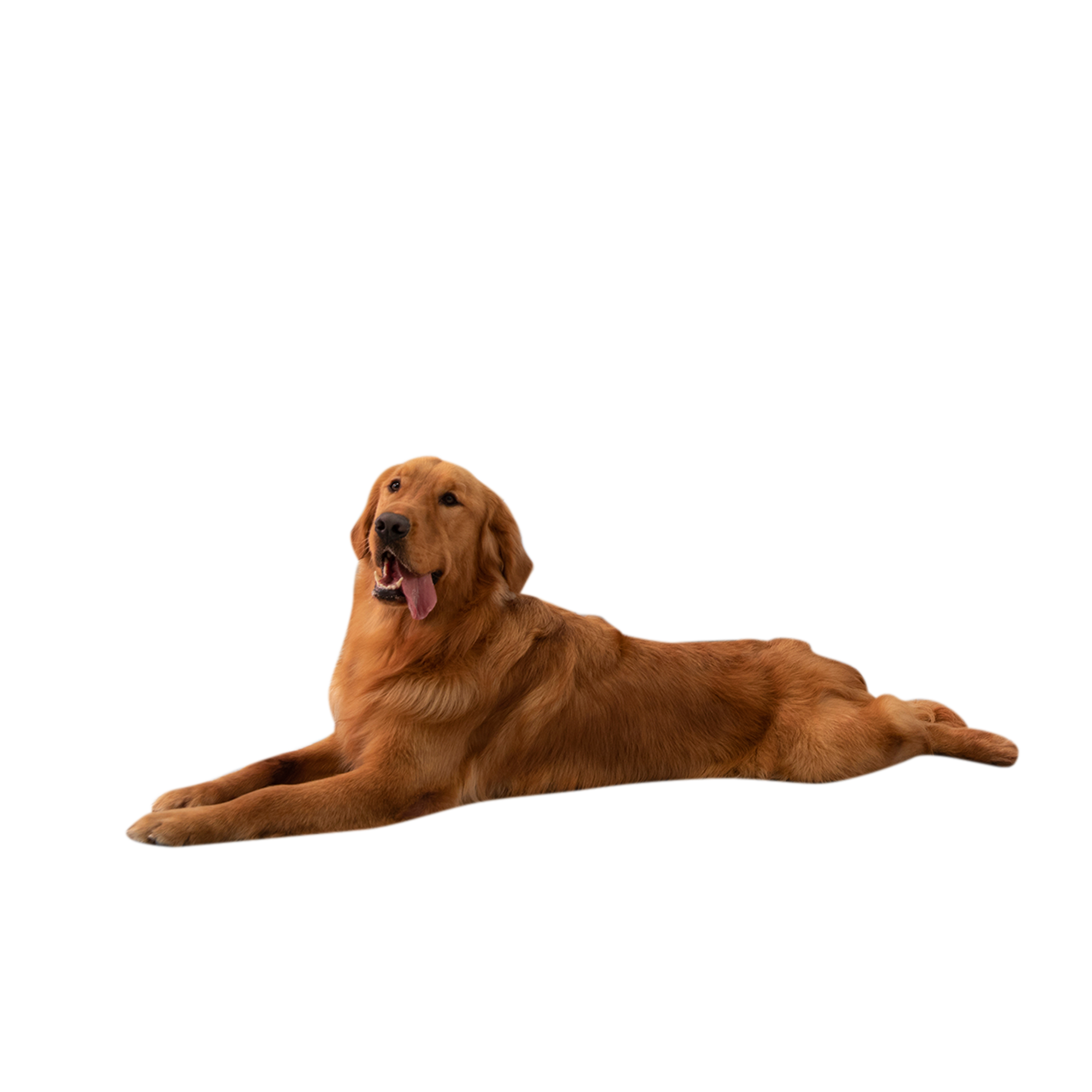To train your dog to behave, use positive reinforcement techniques such as treats and praise consistently. Consistency and patience are key to success when training your furry friend.
Training a dog to behave is a rewarding process that builds a strong bond between you and your pet. By setting clear expectations, providing guidance, and rewarding good behavior, you can help your dog learn how to behave appropriately in various situations.
We will explore effective strategies and tips for training your dog to behave, covering basic obedience commands, behavior modification techniques, and troubleshooting common training challenges. With dedication and commitment, you can teach your dog good manners and ensure a harmonious relationship with your canine companion.

Credit: m.youtube.com
Understanding Your Dog
When it comes to canine behavior, it’s important to recognize dog psychology. Dogs have specific communication and socialization patterns that influence their behavior. Understanding these patterns can help train your dog to behave and respond positively to commands.
Establishing Leadership
Establishing Leadership: It’s essential to establish yourself as the leader. Take on the alpha role to show consistency and confidence.
Effective Communication
Effective Communication:
Body Language:
body language communicate effectively with your dog. Dogs are highly observant of our body language, so it’s crucial to be aware of how we present ourselves. Stand or sit upright- calm and confident posture to convey authority and leadership. Use open and relaxed body language to create a sense of trust. Avoid tense threatening gestures, such as raised arms or leaning over your dog. These can make them feel anxious or intimidated.
Instead, use gentle inviting gestures, such as crouching down or patting your thighs, to encourage your dog to come closer. Pay attention to your facial expressions too, as dogs are adept at reading them. Smile and use soft eye contact to convey a friendly and approachable demeanor.
Verbal Cues:
verbal cues play a key role in training your dog. Use clear and consistent commands to help them understand what you want them to do. For example, use a specific word or phrase like “sit” or “down” when teaching basic obedience commands. Speak in a firm and confident tone, but avoid yelling or shouting, as it can create fear and confusion. Repetition is key when it comes to verbal cues.
Consistently use the same words for each desired behavior, and reward your dog when they respond correctly. This helps them associate the command with the action. Remember to keep your commands short and simple, using one or two words whenever possible. This makes it easier for your dog to understand and comply with your instructions.

Credit: www.penguin.com.au
Basic Training Techniques
When training your dog to behave, there are some basic techniques that can be highly effective. Sit, Stay, and Come are three essential commands that every dog should learn. Teaching your dog to sit can help in managing their behavior and preventing jumping. The stay command promotes patience and self-control, which is useful in various situations. Lastly, the command ensures that your dog will return to you, which is crucial for safety.
Another important aspect of training is leash training. Using a leash allows you to have control over your dog’s movements and behavior. Begin by introducing the leash gradually, letting your dog get accustomed to the sensation. Remember to reward good behavior with treats and praise, and gradually increase the duration and complexity of the walks. With consistency and positive reinforcement, your dog will learn to walk nicely on a leash.
Advanced Training Methods
When training your dog, it’s important to utilize advanced methods to ensure they behave properly. Trick training can be a fun and engaging way to further improve your dog’s obedience. Teaching them tricks such as roll over, play dead, or shake hands not only impresses your friends and family, but also strengthens the bond between you and your furry friend. Agility training is another advanced technique that can help improve your dog’s behavior.
Set up courses with obstacles such as tunnels, jumps, and weave poles to challenge their physical abilities and mental agility. This type of training not only improves their obedience but also keeps them mentally and physically stimulated. With consistent practice and positive reinforcement, your dog can become well-behaved and skilled in both tricks and agility.
Addressing Behavior Issues
Addressing Behavior Issues: Training your dog to behave involves addressing common behavior issues such as barking, digging, chewing, and jumping. These behaviors can be managed through consistent training and positive reinforcement. For barking, teach your dog the “quiet” command and use desensitization techniques to reduce triggers. For digging, provide a designated area for digging and redirect the behavior.
Chewing can be managed by offering appropriate chew toys and keeping forbidden items out of reach. Jumping can be discouraged by teaching the “off” command and rewarding calm greetings.
Positive Reinforcement
Positive Reinforcement: Using treats and rewards can be an effective way to train your dog. When your dog exhibits desired behavior, give them a treat. Clicker training is another method where a clicker sound marks the correct behavior followed by a treat. Consistency and patience are key to establishing positive behaviors. Remember, positive reinforcement focuses on rewarding good behavior rather than punishing bad behavior.
Maintaining A Balanced Lifestyle
Discover techniques for training your dog to behave admirably and maintain a balanced lifestyle. Establish consistent routines and positive reinforcement to encourage desired behaviors and foster a harmonious relationship with your furry companion.
| Exercise and Mental Stimulation | Health and Nutrition |
| Regular playtime and training sessions keep your dog mentally engaged. | Provide a balanced diet rich in essential nutrients for your dog’s well-being. |
Maintain a balance between physical activities and mental exercises for your furry friend. Ensure adequate nutrition to support your dog’s overall health and energy levels. Consulting with a veterinarian for diet recommendations can help optimize your dog’s physical and mental wellness. Remember, a happy and healthy dog is a well-behaved dog.

Credit: huntingtonpet.com
Frequently Asked Questions
How Do I Train My Dog To Behave Better?
To train your dog to behave better, use positive reinforcement, consistency, and patience. Establish clear rules and boundaries, provide regular exercise and mental stimulation, and consider professional training if needed. Avoid punishment and be a responsible, loving owner.
How To Train A Dog With Bad Behavior?
To train a dog with bad behavior, use positive reinforcement and consistency. Set clear rules and boundaries. Redirect negative behaviors and reward good ones. Seek professional help if needed. Regular exercise and mental stimulation are essential.
How Do You Fix A Misbehaving Dog?
To fix a misbehaving dog, use positive reinforcement training methods, set clear boundaries, be consistent, seek professional help if needed.
What Are The 7 Commands To Train A Dog?
The 7 commands to train a dog are: Sit, Stay, Come, Down, Heel, Off, and Leave it. These basic commands are essential for teaching obedience and improving behavior in dogs.
Conclusion
Incorporating consistent positive reinforcement can facilitate desired behaviors in your dog. By setting clear boundaries and providing regular training sessions, you can shape your dog’s behavior effectively. Remember, patience is key in the training process to help your furry friend behave well consistently.
Start training today!

Hello, I’m Ethan Mitchell. My passion is dog training and behavior enthusiasts. With years of experience working with various breeds, my goal at Dog Advisor Pro is to help dog owners build strong, loving relationships with their furry friends through effective training techniques. Understanding a dog’s behavior is the key to harmonious companionship. I am dedicated to sharing practical training tips that improve the lives of dogs and their owners.


